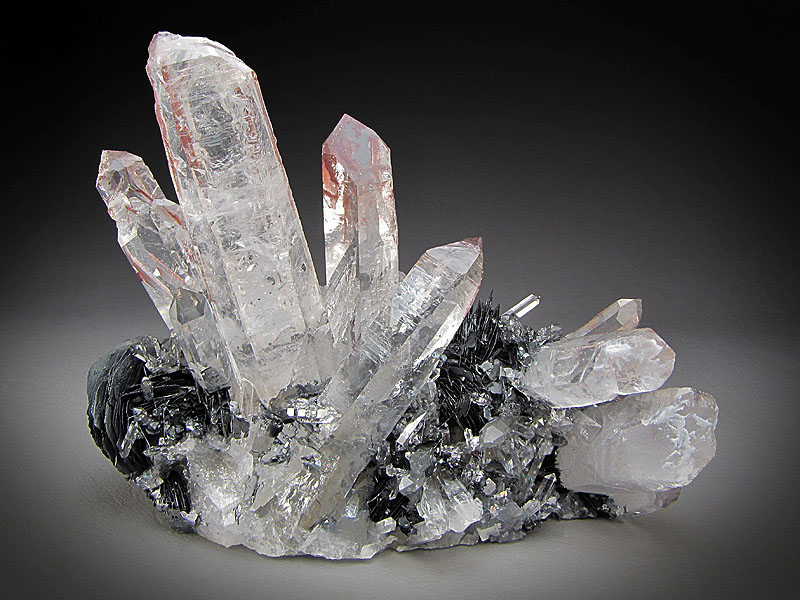Why, hello there!
Fellow mineral lover!
This page is about Quartz!

Some basics for you!
Quartz is one of the most famous minerals on the earth. It occurs in essentially all mineral environments, and is the crucial constituent of many rocks. It is likewise the maximum varied of all minerals, taking place in all distinct habits, and colorings. There are more range names given to Quartz than any other mineral. It is the maximum abundant and widely allotted mineral determined at Earth’s surface. It is abundant all over the arena. In any temperatures. It is abundant in igneous, metamorphic, and sedimentary rocks. It is highly resistant to both mechanical and chemical weathering. This durability makes it the dominant mineral of mountaintops and the primary constituent of seaside, river, and wilderness sand. It is ubiquitous, wide and durable. Mineral deposits are determined at some stage in the world. Name: The name quartz is a German word of ancient derivation.
If you want to know more!
Crystallography: Quartz rhombohedral; trigonal-trapezohedral. Quartz hexagonal; trapezohedral. Crystals commonly prismatic, with prism faces horizontally striated. Terminated usually by a combination of positive and negative rhombohedrons, which often are so equally developed as to give the effect of a hexagonal dipyramid. In some crystals one rhombohedron predominates or occurs alone. The prism faces may be wanting, and the combination of the two rhombohedrons gives what appears to be a doubly terminated hexagonal dipyramid (known as a quartzoid). Some crystals much distorted, but the recognition of the prism faces by their horizontal striations will assist in the orientation of the crystal. The trapezohedral faces are to be occasionally observed as small truncations between a prism face and that of an adjoining rhombohedron either to the right or left, forming what are known as right- or left-handed crystals. Crystals are often elongated in tapering and sharply pointed forms, owing to an oscillatory combination between the faces of the different rhombohedrons and those of the prism. Some crystals twisted and bent.
Still want to know more? OR from here